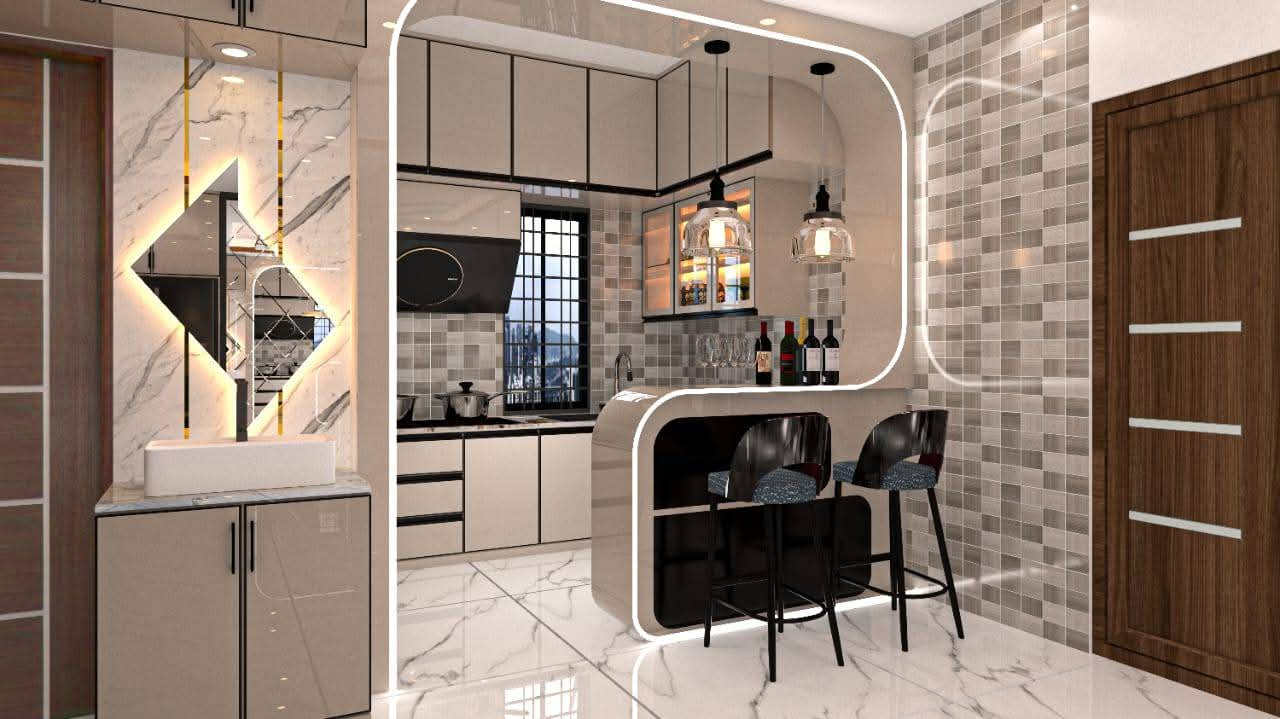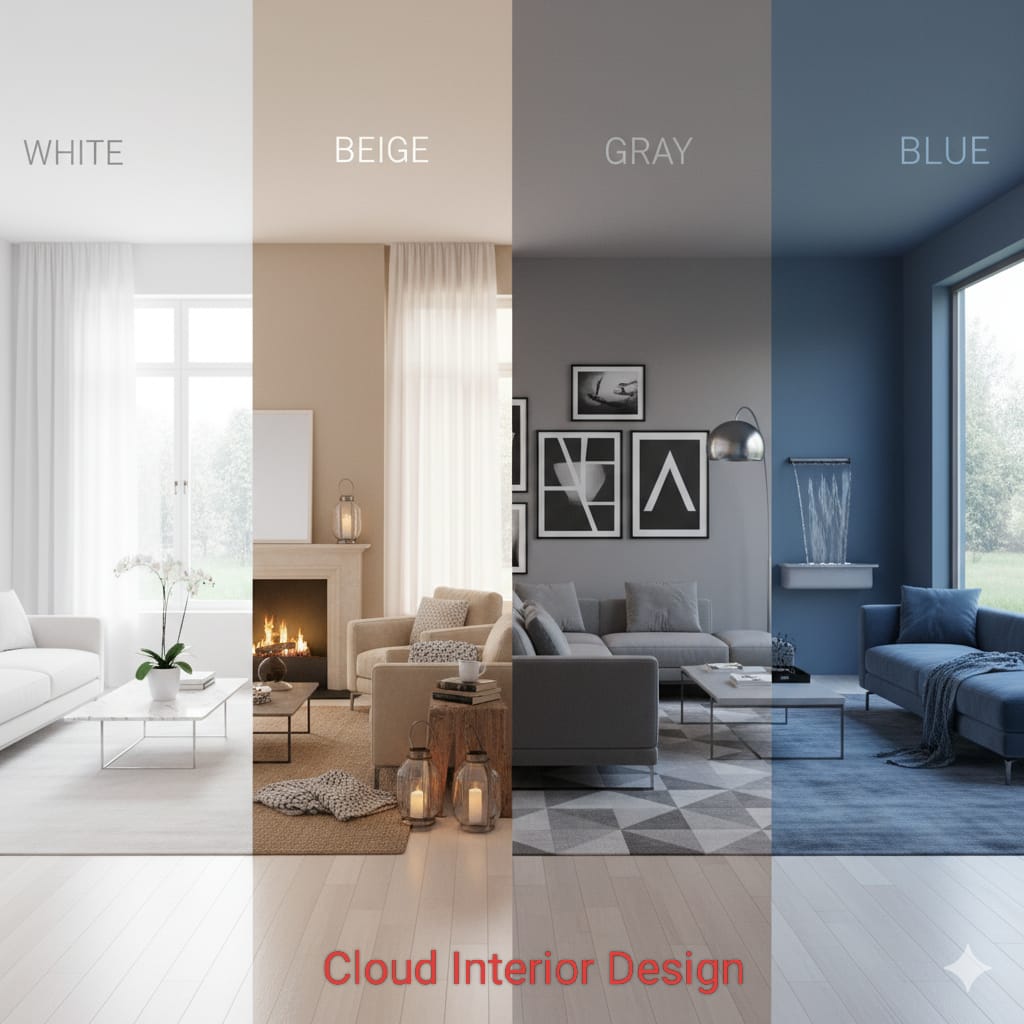
The Magic of Natural Light
✨ Introduction
Lighting is one of the most powerful tools in interior design — it doesn’t just help us see, it helps us feel. The right lighting can transform a dull room into a warm, inviting space or turn a cozy corner into a vibrant hub of activity. Both natural and artificial light have a direct impact on the mood, perception, and overall aesthetic of a space.
At Cloud Interior Design, we believe that lighting is not just a detail — it’s a design element that defines character, atmosphere, and functionality.
🌤️ The Magic of Natural Light
Natural light is the most dynamic and beautiful form of illumination. It changes throughout the day, adding a living, breathing quality to any space. Here’s how it works its magic:
Enhances Mood: Sunlight boosts energy and positivity. Rooms filled with natural light tend to feel more open, airy, and calm.
Highlights True Colors: Natural light brings out the real texture and color of furniture, fabrics, and walls — ensuring your interior feels authentic and alive.
Saves Energy: Maximizing daylight means relying less on artificial sources, creating an eco-friendly and cost-efficient environment.
Design Tip:
Use large windows, skylights, sheer curtains, and strategically placed mirrors to increase the flow of natural light. In darker rooms, consider using light-colored surfaces that reflect sunlight beautifully.
💡 The Power of Artificial Lighting
When the sun sets, artificial light steps in to maintain harmony and functionality. The key is to layer it smartly — combining different types for both aesthetics and practicality.
1. Ambient Lighting
This is the base layer — soft,
general illumination that fills the room.
Examples: ceiling lights,
chandeliers, and recessed fixtures.
👉 Best for : Living rooms, bedrooms, and hallways.
2. Task Lighting
Designed for specific
activities like reading, cooking, or working.
Examples: desk lamps, pendant
lights, and under-cabinet kitchen lights.
👉 Best for : Study rooms, kitchens, and home offices.
3. Accent Lighting
Used to highlight design
elements — artwork, textures, or architectural details.
Examples: wall sconces, track
lights, or LED strips.
👉 Best for : Living rooms, galleries, and feature walls.
Design Tip:
Use dimmers to control light
intensity. It lets you change the mood of a room instantly — from bright and
lively to soft and romantic.
🏡 Choosing the Right
Lighting for Each Room
Room Recommended Lighting Purpose
Living Room Layered lighting (ambient + accent) Creates warmth and visual depth
Bedroom Soft, warm light with dimmers Promotes relaxation
Kitchen Bright task lighting + under-cabinet LEDs Ensures functionality
Bathroom Even lighting around mirrors Avoids shadows on the face
Dining Area Pendant or chandelier lighting Adds drama and focus
🌈 Lighting and Mood
Each color temperature affects how we feel in a space:
Warm light (2700K–3000K): Cozy and intimate — ideal for bedrooms and lounges.
Neutral light (3500K–4100K): Balanced and natural — perfect for living and dining areas.
Cool light (5000K+): Bright and alert — great for workspaces and kitchens.
💫 Why Lighting Matters in Design
Proper lighting reveals the beauty of your interior. It defines spaces, highlights materials, and creates emotion. A professional interior designer understands how to balance light intensity, color, and placement — blending science with art to create the perfect ambiance.
🌟 Final Thought
Lighting isn’t just about
visibility — it’s about vision. It shapes how a space feels, functions, and
inspires. Whether through the golden glow of sunlight or the strategic use of
artificial brilliance, light brings interiors to life.
At Cloud Interior Design, we design with light in mind — because every beautiful space deserves to shine.








